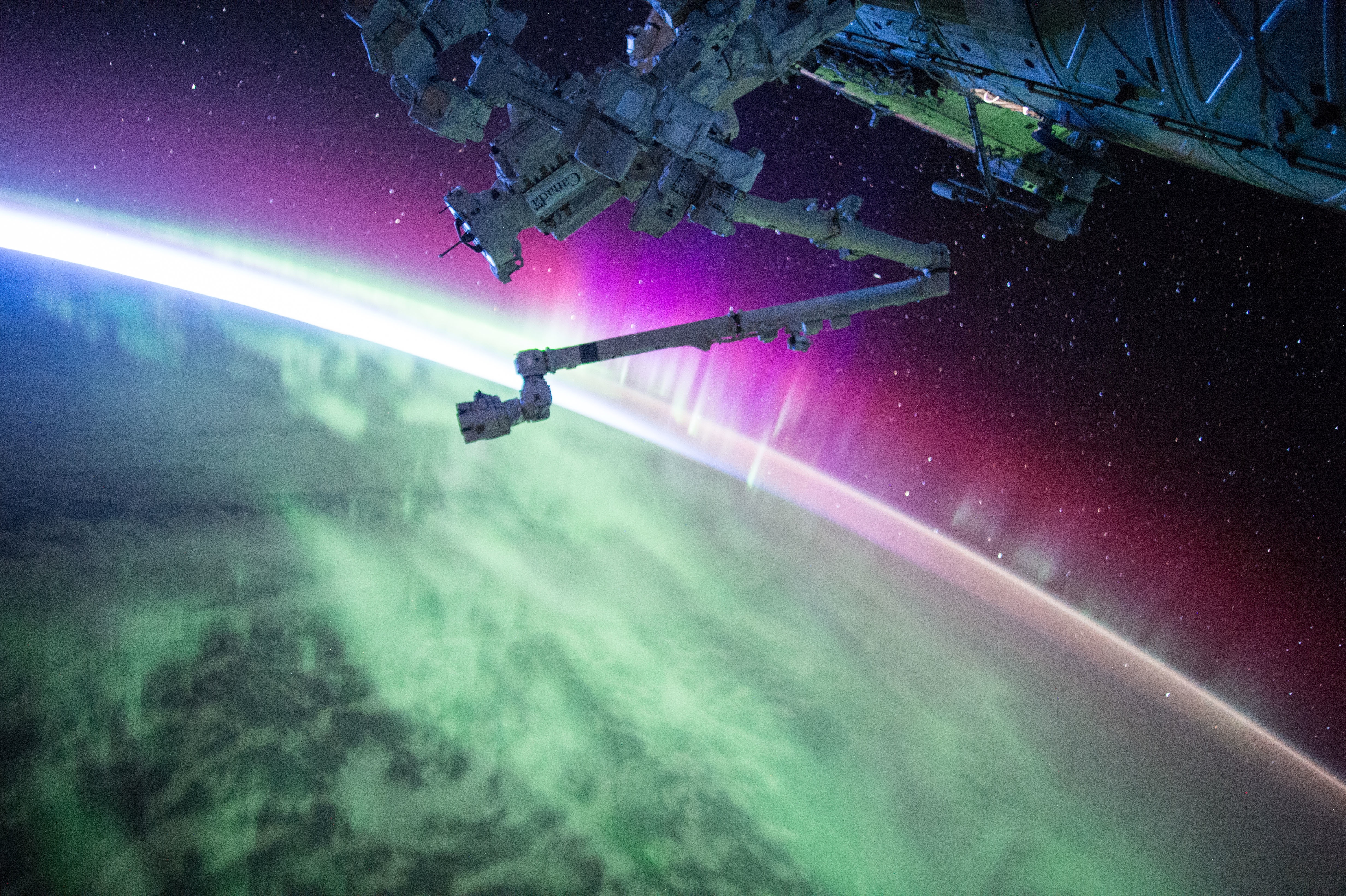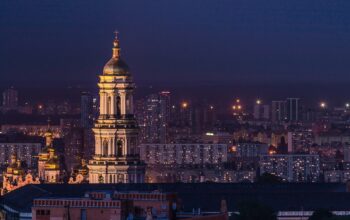The first ever film of the Universe is to be created using the world’s largest digital camera.
British astronomers are involved in the Large Synoptic Survey Telescope (LSST) project to be built in the Chilean Andes.
The telescope will achieve first light in 2020 and its main sky survey will begin in 2022.
It will be able to take images of the sky that each cover over 40 times the area of the moon, building up a survey of the entire visible sky in just three nights.
The film, which scientists say could feature dangerous asteroids and uncover some of the mysteries of dark matter and dark energy, will be recorded on a giant digital camera comprising 3.2 billion pixels.
That means billions of galaxies, stars and solar system objects will be seen for the first time and monitored over 10 years.
British astronomers will now play a key part after funding from the Science and Technology Facilities Council confirmed the UK’s participation.
Professor Isobel Hook, of Lancaster University, said: “This telescope will completely revolutionise astronomical surveys.
“By imaging the entire visible sky every few nights it will be particularly powerful for finding and studying astronomical objects that change or move.
“For me one of the most exciting prospects is the vast quantity of supernovae it will find – many tens of thousands per year.
“We will be able to use these to better understand the mysterious Dark Energy that appears to be pushing the Universe apart.”
Steven Kahn, the LSST Director, said: “It is great to see UK astronomers engaging in preparation for LSST, and we look forward to seeing our collaboration develop over the coming years.
“LSST will be one of the foremost astronomy projects in the next decades and the UK astronomical community will contribute strongly to its success.
“The telescope is being built in the Chilean Andes. Conditions there are some of the driest on Earth, making it the ideal position for observing.”
The LSST is a ‘synoptic’ survey because it will form an overall view of the Universe: billions of objects will be imaged in six colours, spanning a volume of the Universe that is larger than any previously explored.
Manchester University Professor Sarah Bridle, the LSST:UK Project Scientist, said: “”What is unique about LSST is that each of its images covers a large area of sky to a depth that captures faint objects, and that it takes these images really quickly.
“That combination of area, depth and speed means that we can do lots of different science with the same dataset.”
She added: “LSST will build up a very detailed map of billions of galaxies, with approximate distances to each, from which we will learn about the mysterious dark energy that seems to be accelerating the expansion of the Universe.
“But, equally, it will look for changes in the sky from night to night; both moving objects, like asteroids, and new ones, like supernovae, that appear where nothing had been seen before.
“Covering each patch of sky over 800 times during its decade of operations, it will construct our first motion picture of the Universe.”




